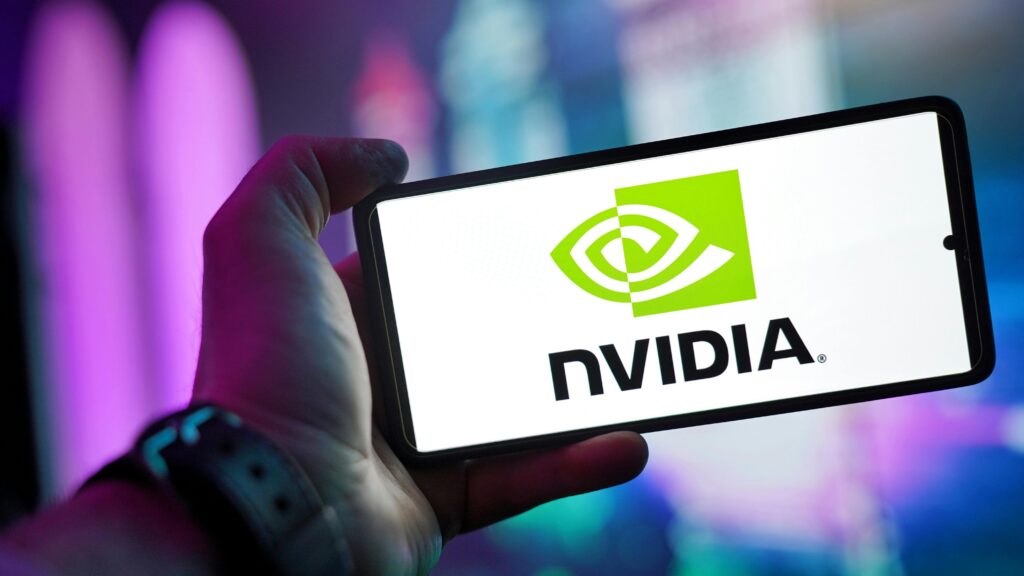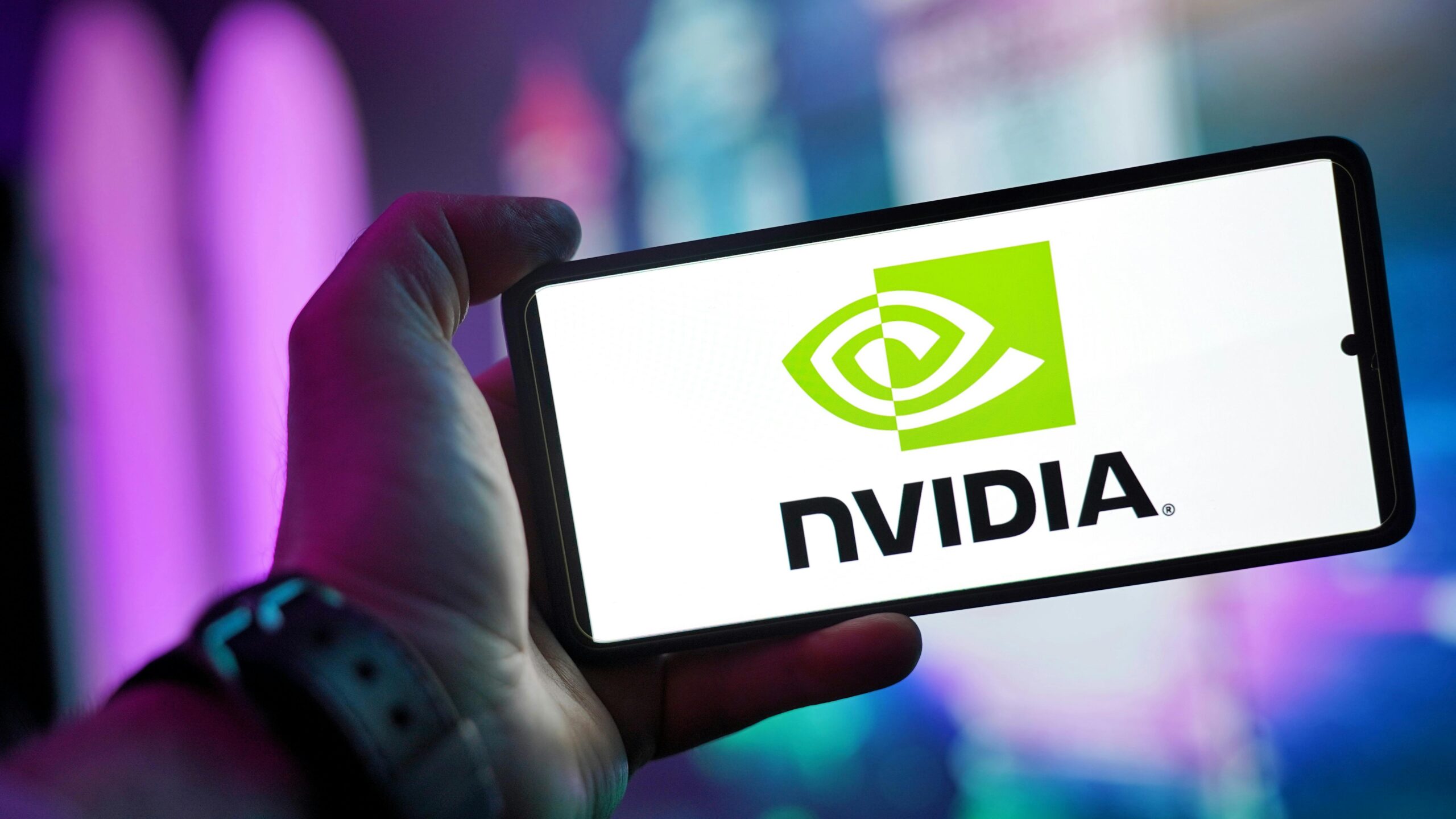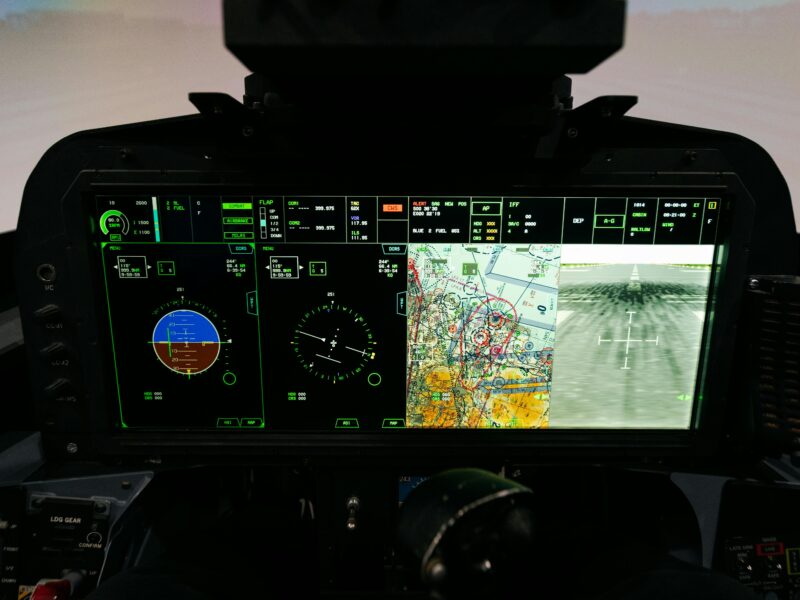
Nvidia’s GPU Technology Conference (GTC) has long been recognized as a premier gathering for breakthroughs in artificial intelligence (AI) and high-performance computing. The 2025 edition lived up to expectations, featuring major unveilings that underscored Nvidia’s continued leadership in the AI hardware domain. However, it also brought to light emerging challenges and shifts in the competitive tech landscape.
Let’s explore the highlights from GTC 2025 and wrap up with a look at an exceptional AI-powered laptop from Lenovo, pointing toward the future of PC innovation.
GTC 2025 Highlights: Major AI and Hardware Announcements
At GTC 2025, Nvidia introduced a host of cutting-edge technologies that reinforced its dominance in the AI space:
- Blackwell Ultra Architecture
Nvidia rolled out Blackwell Ultra, an advanced version of its Blackwell GPU architecture. Designed to handle complex AI reasoning tasks, this upgraded platform delivers greater memory capacity and improved processing performance, pushing the limits of AI computing. - Rubin Architecture Preview
Looking to the future, Nvidia offered a sneak peek at its next-gen Rubin architecture. As the anticipated successor to Blackwell, Rubin promises higher efficiency and speed, aimed squarely at AI-focused data centers. This reveal highlights Nvidia’s commitment to yearly innovation cycles. - Isaac GR00T N1 for Robotics
A standout announcement came in the robotics field with the debut of Isaac GR00T N1 — the world’s first open, fully customizable foundational model for humanoid robots. This initiative is set to drive rapid progress in general-purpose robotics by offering a versatile platform for developers. - Quantum Leap: Nvidia’s Quantum Computing Initiative
Marking its entry into quantum computing, Nvidia announced the launch of the Nvidia Accelerated Quantum Computing Research Center (NVAQC) in Boston. This bold move signals the company’s ambition to shape the future of quantum technologies.
These developments reflect Nvidia’s broad strategy to lead not only in AI hardware but also across robotics, quantum computing, and intelligent systems.
Challenges on the Horizon
Despite the excitement surrounding these innovations, Nvidia’s market dominance brings its own risks. As the clear front-runner in AI hardware, the company faces pressure to maintain momentum and avoid complacency. Some aspects of GTC 2025 hinted at the increasing complexity of the competitive environment, suggesting that Nvidia will need to remain agile and forward-thinking to stay ahead.




The leap from Blackwell to Blackwell Ultra is impressive, especially with the boost in memory and AI task handling. I’m curious how this will influence real-world applications like autonomous systems or real-time language processing.